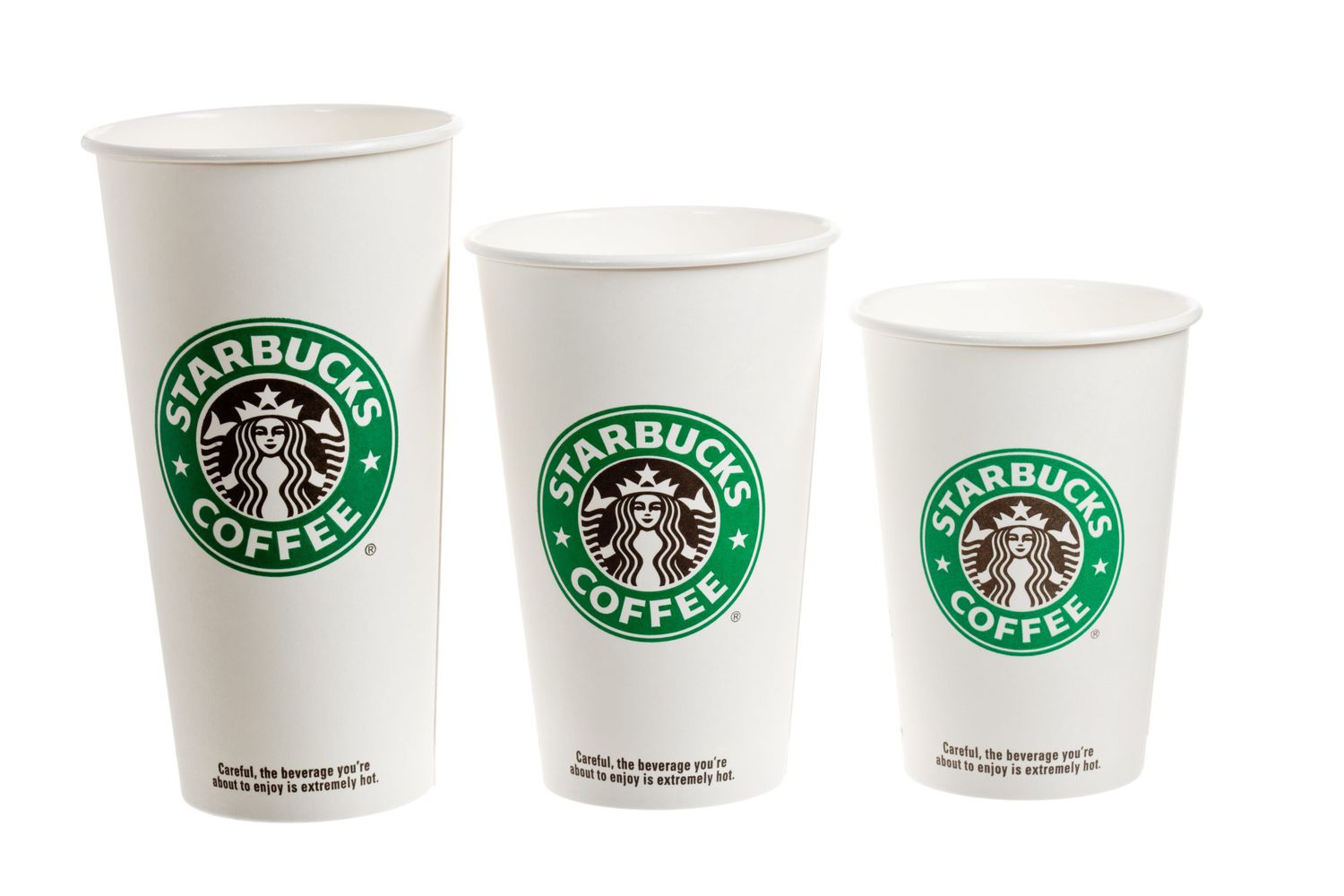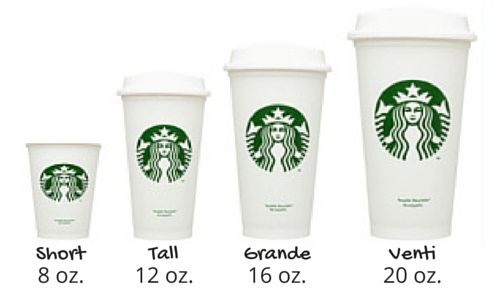With tens of thousands of stores worldwide, Starbucks reigns as one of the most ubiquitous café chains, welcoming countless customers daily. However, one common complaint involves navigating the uniquely named cup sizes on menus. Ranging from tiny stalls to Trenta titans, Starbucks employs an eccentric Italian-size vocabulary that leaves many patrons baffled when ordering their drinks. This definitive guide will demystify the perplexing Starbucks size system by exploring its origins, delineating the exact fluid ounce capacities, and offering actionable tips for seamlessly ordering your perfect drink. By clearly explaining this cardinal café’s quirky sizing conventions with a focus on real-world application, this piece aims to become a vital reference for properly parsing drink sizes at Starbucks.
The Origins Behind the Starbucks Size Terminology
Unlike most cafes using normative small, medium, and large classifications, why does Starbucks insist on exotic names like grades, ventis, and trends? The roots trace to current CEO Howard Schultz’s inspirational 1980s trip to experience Italy’s quintessential coffee bars. Enamored with recreating that atmosphere stateside, Schultz infused Italian espresso house qualities into his tiny Starbucks startup like imported premium beans and artistic drink preparation. Additionally, incorporating familiar Italian size names aligned with elevating Starbucks beyond a quick caffeine fix into an upmarket “third place” for lingering over quality handcrafted coffeehouse beverages.

Initially, sizes mirrored Italy as short, tall, and grande. But with rapid 1990s expansion, prioritizing American familiarity grew necessary, hence introducing larger Venti and Trenta sizes while adjusting names into today’s blended, confusion-stoking conventions. However, for all the turmoil the unconventional words cause, they signal Starbucks’ cultural commitment beyond pumping out anonymous cups of coffee.
Decoded: Starbucks Drink Sizes By Ounces
While names seem inconsistent, how do actual Starbucks cup capacities break down? Here’s a simplified size decoder:
Tall – 12-ounce “smalls” for everything.
Grande – 16-ounce “mediums”.
Venti – 20-ounce large hots, 24-ounce iced.
So in reality, Trenta marks the maximum size, while Tall contains the smallest volume for full menu ordering. This outlines the exact liquid capacity behind uniquely named Starbucks cup sizes.
Demystifying Unique Size Limitations and Secrets
As if knotty size names didn’t cause enough head-scratching, Starbucks applies further specialized policies:
Trenta Exclusivity – The giant 31 oz Trenta remains exclusive to select cold drinks like iced teas, coffees, and cold brew options.
Covert “Short” Sizing – The off-menu 8 oz short size flies under the menu radar but can sometimes be requested for hot beverages when ordering.
Nitro Recipe Restrictions – Trendy nitrogen-infused cold brew coffees are strictly available only in sizes up to 16 oz grande cups to maintain ideal texture.
So unusual size exclusions, secret off-menu varieties, and seasonal fluctuations demonstrate the true puzzle around decoding Starbucks’ lineup of cups.
Caffeine Content Variability By Size
Beyond raw capacities, does drink caffeine content scale higher at larger Starbucks sizes? It’s complicated…
Espresso-Based Drinks – Most lattes and macchiatos standardize 1-2 shots from tall to venti, so caffeine increases modestly from extra milk and pumps.
Brewed Varieties – Likewise, coffees and cold brews won’t drastically jump unless you specialize in recipes with add-ons.
However, exact caffeine quantities depend heavily on customized tweaking. When concentration matters, consider general guidance then verify specifics with baristas:
- Tall – 25-150mg*
- Grande – 150-300mg*
- Venti – 300-375mg*
*Recipes warrant customized consultation. Don’t hesitate to verify expectations with your barista when ordering.
So while only certain drinks uniquely scale up caffeine taller sizes, customization is critical.
Cracking the Code to Confidently Order Starbucks Sizes
Between elusive short cups, Trenta exclusives, variable recipes, and customary quirks, navigating Starbucks’ army of drink sizes persists in perplexing even some regulars. But armed with clarity around the rationale behind its hyper-custom Italian size lexicon, customers can feel more self-assured placing specialized orders through:
Reframing Unusual Names as Authentic – Recognize the heritage iconic sizes and reflect a commitment to a premium experience.
Clarifying Drink Specifications – Remember taller sizes won’t automatically boost caffeine given standardized recipes. Verify particulars with baristas when required.
Noting Size Availability Policies – Consider nuances like Trenta restrictions, off-menu short cups, and Nitro limitations.
Consulting Baristas – Don’t hesitate to solicit suggestions on choosing suitable sizes or customizing recipes to your preference.
By embracing the legacy behind Starbucks’ size schemes rather than fighting unfamiliar terms, patrons can confidently order customized drinks. For Beyond cryptic Trenta names, what matters remains to enjoy your ideal personalized Starbucks drink creations.
The Bottom Line
While endlessly customizable drinks built Starbucks’ brand cache, easily navigating the simple act of ordering still bewilders many patrons when facing its eclectic Italian size terminology. But by illuminating critical context like the rationale behind venti vessels plus real-world tips for streamlining service, this guide helps customers fluently traverse this formerly tricky terrain. Just focus on your personal preferences, then tap helpful baristas to translate desires to optimal sizes. By embracing the story behind the sizes as an authentic signal of quality rather than a barrier, customers can continue confidently ordering their Starbucks favorites regardless of unconventional naming conventions.







